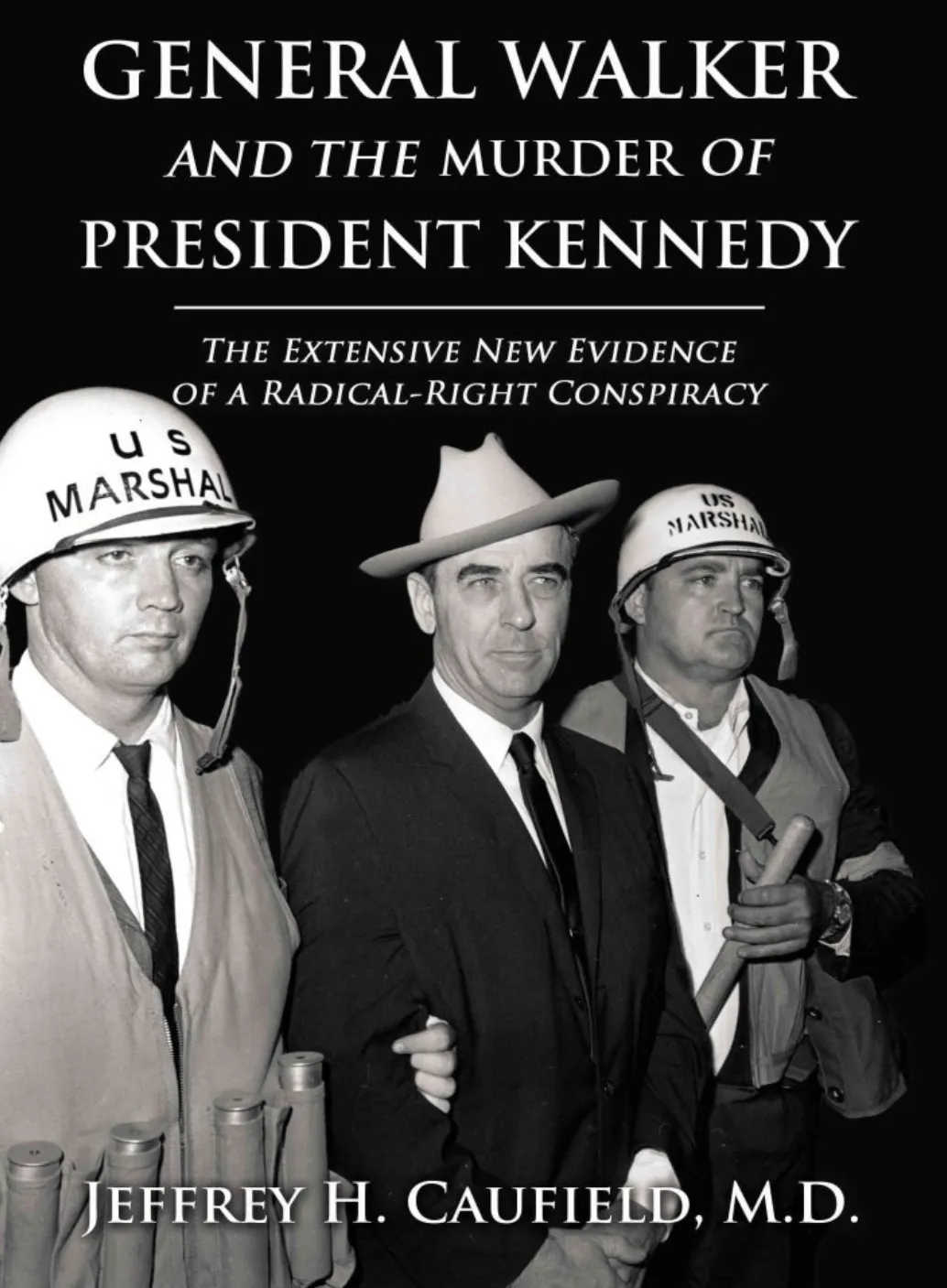
[Photo: Downtown Mexico City, where LHO arrived at 10 a.m. September 27, 1963]
Disclaimer: The following analysis of Warren Commission (WC) testimony consists of my opinion, calculation, and independent research into the contents of the 26 volumes of the Warren Commission Hearings and Exhibits. These observations are part and parcel of my opinion.




